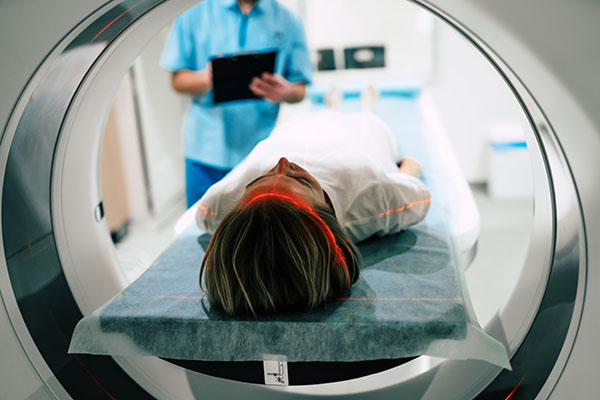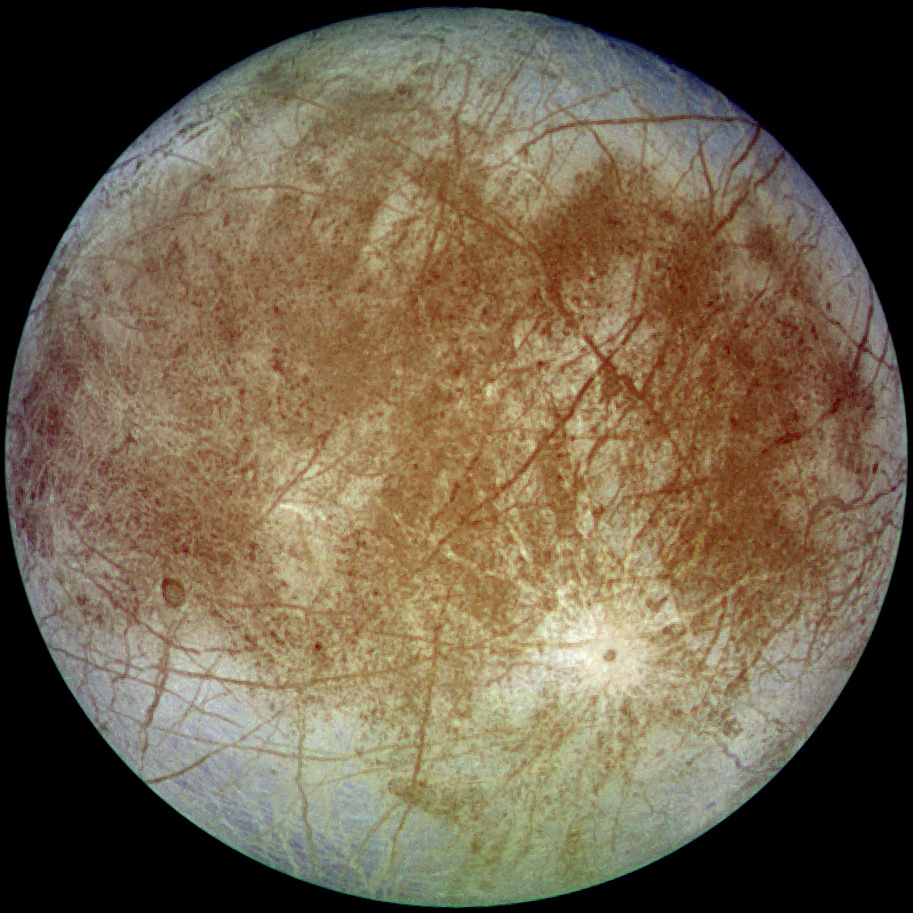STUDY: Food dye tartrazine temporarily makes skin and muscle TRANSPARENT
09/24/2024 / By Olivia Cook

A new study has found that tartrazine, a food dye commonly known as “FD&C Yellow 5,” can temporarily make muscle and skin transparent. Researchers now believe this unique phenomenon can one day be used in medical diagnostics to help diagnose illnesses.
By applying this dye to live mice, scientists have been able to observe internal organs, like blood vessels, intestines and the liver. Once the dye is washed off, the skin’s normal appearance returns. The team at Stanford University that made his discovery has yet to test the effect of tartrazine on humans, but they believe that if it is effective, it could revolutionize medical diagnostics. (Related: STUDY: Voice analysis tech can accurately detect Type 2 diabetes through speech patterns.)
Guosong Hong, a leading researcher on the project and an assistant professor of materials science and engineering at Stanford, explained that this method could eventually allow doctors to diagnose internal tumors without resorting to costly and invasive biopsies. This technique might also make blood draws less painful by helping medical professionals quickly and accurately find veins.
When light hits the skin, it normally scatters – making the skin appear solid and opaque. This happens because different parts of the tissue, like fat and water, bend light in different ways – a property known as the refractive index. This is the same phenomenon that makes a pencil look bent when placed in water.
Tatrazine changes how light passes through the skin by matching these refractive indices, particularly at certain wavelengths of light, which reduces scattering and makes the skin appear transparent.
Lead researcher Zihao Ou of Stanford’s Wu Tsai Neurosciences Institute and his colleagues proposed that certain types of dyes could make these tissues more transparent by absorbing specific wavelengths of light. The dyes work by altering the refractive index of the tissues, enabling the researchers to match the refractive indices across different tissue types and reduce light scattering.
In the study published in the journal Science, the research team showcases how a fresh chicken breast became transparent to red light shortly after being immersed in a solution containing tartrazine. The dye worked by minimizing light scattering within the tissue – allowing the light to pass through more effectively.
With this method on live mice, the researchers were able to see the functioning of several internal organs in real time. They observed the intestines, liver and even the beating heart of a live mouse – all without the need for any special equipment.
The transparency also allowed them to see blood flow in the brain and the fine details of muscle fibers. More importantly, the dye did not cause any permanent changes to the skin and the effect disappeared as soon as the dye was rinsed away with water.
Discovery presents new approach to medical imaging
This discovery is considered the first non-invasive technique for viewing living internal organs in animals.
Study co-author Mark Brongersma, a Stanford professor of material sciences and engineering and applied physics, emphasized the collaborative nature of the research, which brought together experts from various fields like materials science, neuroscience and physics.
While this research has so far only been tested on live mice, the possibilities for human medicine are exciting. If this technique could be adapted to humans, it could change the way doctors diagnose and treat various conditions.
For instance, instead of relying on invasive biopsies, doctors might be able to detect skin cancers, like melanoma, by simply looking through the skin. This technique could also make blood draws less painful by making it easier and quicker to locate veins – even fragile or thin veins, such as those in newborns, infants, the aged or patients who are scared of needles – and might even reduce the need for some CT scans or X-rays.
In addition to medical uses, this technology could have cosmetic applications as well. For instance, it could improve laser tattoo removal by helping to target tattoo pigments beneath the skin more precisely.
As scientists continue to explore the potential of tartrazine and similar dyes, this study represents a significant step toward new, less invasive ways to observe the living body – from patients needing medical imaging to those looking for easier, more precise cosmetic procedures.
Watch this video showing how applying a tartrazine solution to the skin of mice temporarily made it transparent.
This video is from the Daily Videos channel on Brighteon.com.
More related stories:
Nearly half of FDA-approved AI-powered medical devices lack clinical validation data.
New study suggests going vegan for 8 weeks can help turn back your biological clock.
Sources include:
Submit a correction >>
Tagged Under:
breakthrough, chemicals, Chemistry, discoveries, food coloring, food dye, food science, future science, health science, ingredients, medical diagnostics, medical imaging, physics, research, tartrazine
This article may contain statements that reflect the opinion of the author
RECENT NEWS & ARTICLES
COPYRIGHT © 2018 BREAKTHROUGH.NEWS
All content posted on this site is protected under Free Speech. Breakthrough.news is not responsible for content written by contributing authors. The information on this site is provided for educational and entertainment purposes only. It is not intended as a substitute for professional advice of any kind. Breakthrough.news assumes no responsibility for the use or misuse of this material. All trademarks, registered trademarks and service marks mentioned on this site are the property of their respective owners.




















